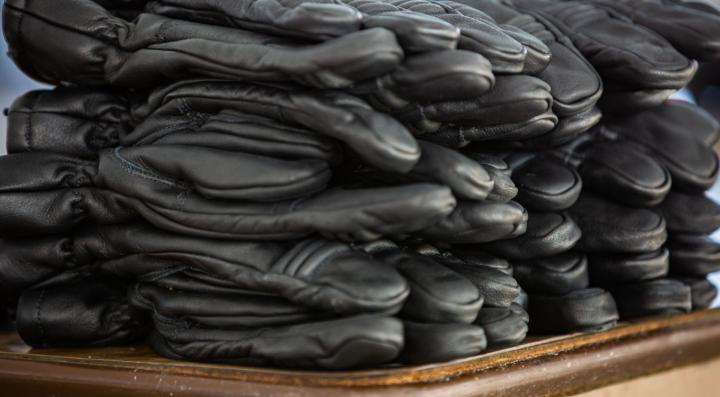
PPE Interface Study
- Overview
- Updates
- Resources
Overview
The Illinois Fire Service Institute (IFSI) PPE Interface Study (PPE Interface - IFSI) builds off of the IFSI-FSRI-NIOSH research conducted during the “Cardiovascular and Chemical Exposure Risks in the Fire Service” project. Through this study led by IFSI, the Fire Safety Research Institute (FSRI), part of UL Research Institutes evaluates the impact of firefighter personal protective equipment (PPE) interfaces on smoke exposure (gas and particulate) and the generation of heat stress using mannequin and human subject testing.
Using a Firefighter Exposure Simulator (FES) prop that was developed, implemented and validated in previous studies, through this study, FSRI measures the effectiveness of:
- Modified PPE interfaces
- Hood technologies
- Common base layers
- Doffing practices
Each measurement mitigates dermal exposure to vapors and particulates in realistic fire smoke conditions. Initial studies using mannequins allow extensive testing of various combinations of control techniques. Human subject trials characterize the relative impact of these physical control methods on firefighters’ systemic exposure and heat stress.
Context
Firefighting PPE is undergoing rapid evolution in an attempt to reduce solid phase smoke exposure. Examples of new approaches include interface control measures on bunker coats, pants and particle blocking hoods. However, studies to determine the effectiveness of these features have largely been limited to laboratory testing and qualitative fluorescent aerosol testing as opposed to full-scale smoke exposure. Furthermore, the ability of these control measures to impact vapor exposure and systemic absorption has not been studied. Simultaneous work to characterize how changes to PPE and increased encapsulation affects heat stress allows firefighters to understand the balance between these risks.
Objectives
- Investigate the gas-phase and solid-phase chemical exposure, with a particular emphasis on known, probable and possible carcinogenic products of combustion.
- Quantify the impacts of various control measures to reduce both the vapor and particulate products of combustion reaching the firefighters’ skin and being absorbed into the body while assessing the trade-offs between increased chemical protection and potential impact on heat stress.
To accomplish these, the specific aims of this project include:
- Comparing protection provided by the different iterations of firefighting PPE –specifically bunker coat, pant and hood - using variations in firefighting PPE that are either currently available or can be rapidly brought to market (investigating four PPE conditions that are designed to reduce ensemble element interface vulnerabilities).
- Characterizing the additional protection provided by base layers, including long- and short-sleeve and leg base layers.
- Estimating the benefit of rapidly opening up the bunker coat during PPE doffing as a simple process to reduce systemic exposure to fireground vapors.
- Quantifying the tradeoff between each of the protection measures in aims #1-3 (interface tightening, increased base layer, rapid opening of coats) on firefighter heat strain development.
Research Partners
Published: July 9, 2021












